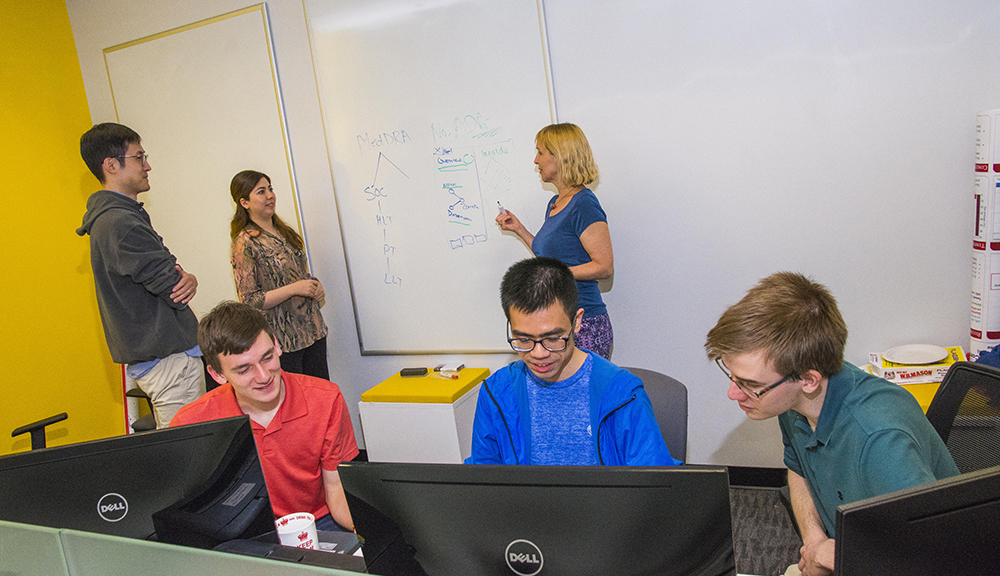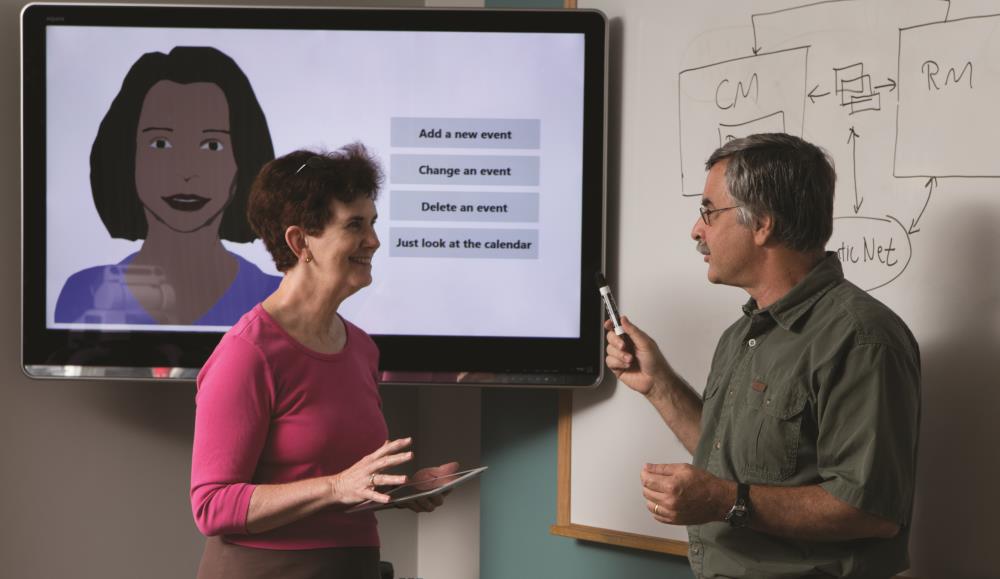Whether it’s polling numbers or voter turnout displays on a news website, public health COVID-19 vaccine messaging, or artificial intelligence interfaces, how data visualizations are presented can inform and influence important, and often critical, decisions.
Determining whether those presentations are effective—whether people got the message—takes time and an empirical approach. Associate Computer Science Professor Lane Harrison hopes to speed up that process by putting better tools into the hands of researchers who study the graphical representation of information using charts, graphs, animations, or maps.
Harrison was recently awarded a $747,283 National Science Foundation grant to build research infrastructure that will aid the research community in the study and evaluation of data visualizations.
The three-year grant, part of a broader collaboration with the University of Utah and the University of Toronto, will develop reVISit, a suite of web-based tools designed to accelerate and advance researchers’ ability to conduct crowdsourced studies of how people interact with visualizations in various fields. The work will essentially give researchers in the field off-the-shelf options for conducting state-of-the-art online experiments.






